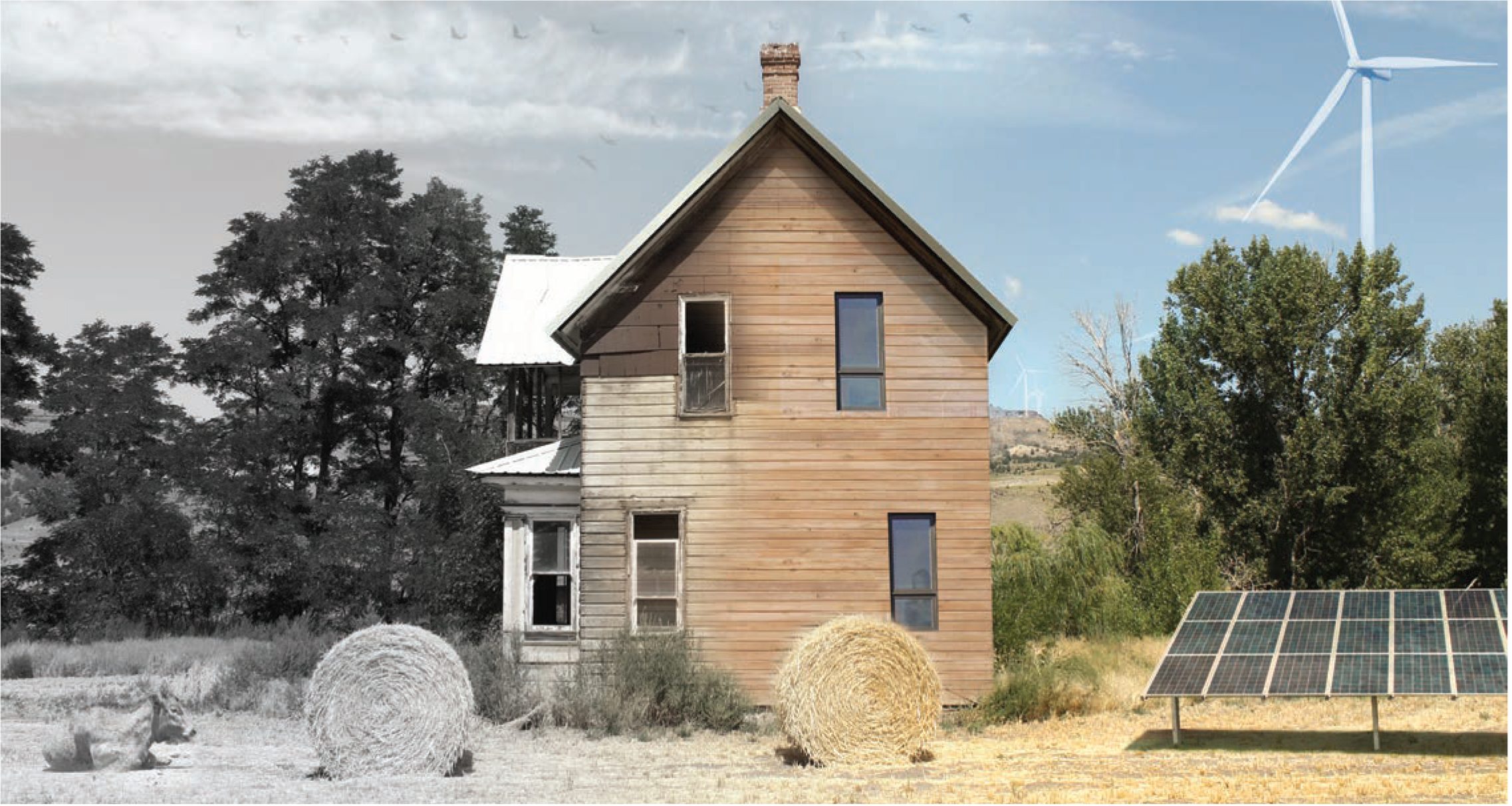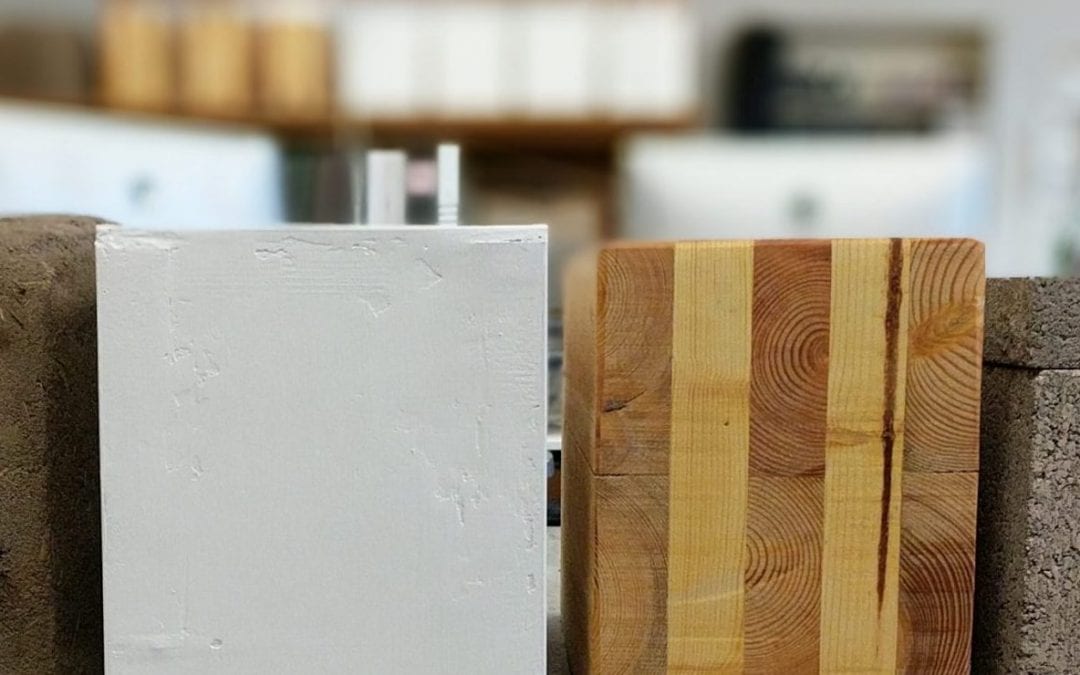
by sueishaq | Sep 30, 2017 | Research
We understand and design for acute dangers in the built environment, such as requiring fire sprinklers; however, we don’t often design for chronic dangers, such as low dose effects of indoor chemicals and contaminants or increased carbon emissions, because they...

by sueishaq | Sep 30, 2017 | Research
Our habitat is changing. In the developed world, we spend more than 90 percent of our lives indoors, often in urban areas with little connection to natural systems in which humans evolved. Our built environment has evolved to be highly engineered, segregated...

by sueishaq | Sep 30, 2017 | Research
Typically, architects and designers focus on designing physical space while scientists focus on understanding the unknown and unseen. Often, these lines of vision and discovery do not cross. In contrast, the Institute for Health in the Built Environment...

by sueishaq | Jan 1, 2017 | News
Architectural Design and the Indoor Mircrobiome Types: Design on the Frontier, Design the Unseen The built environment is its own ecosystem, and architectural features in the indoor environment can change those ecosystems and the organisms living there. ...





